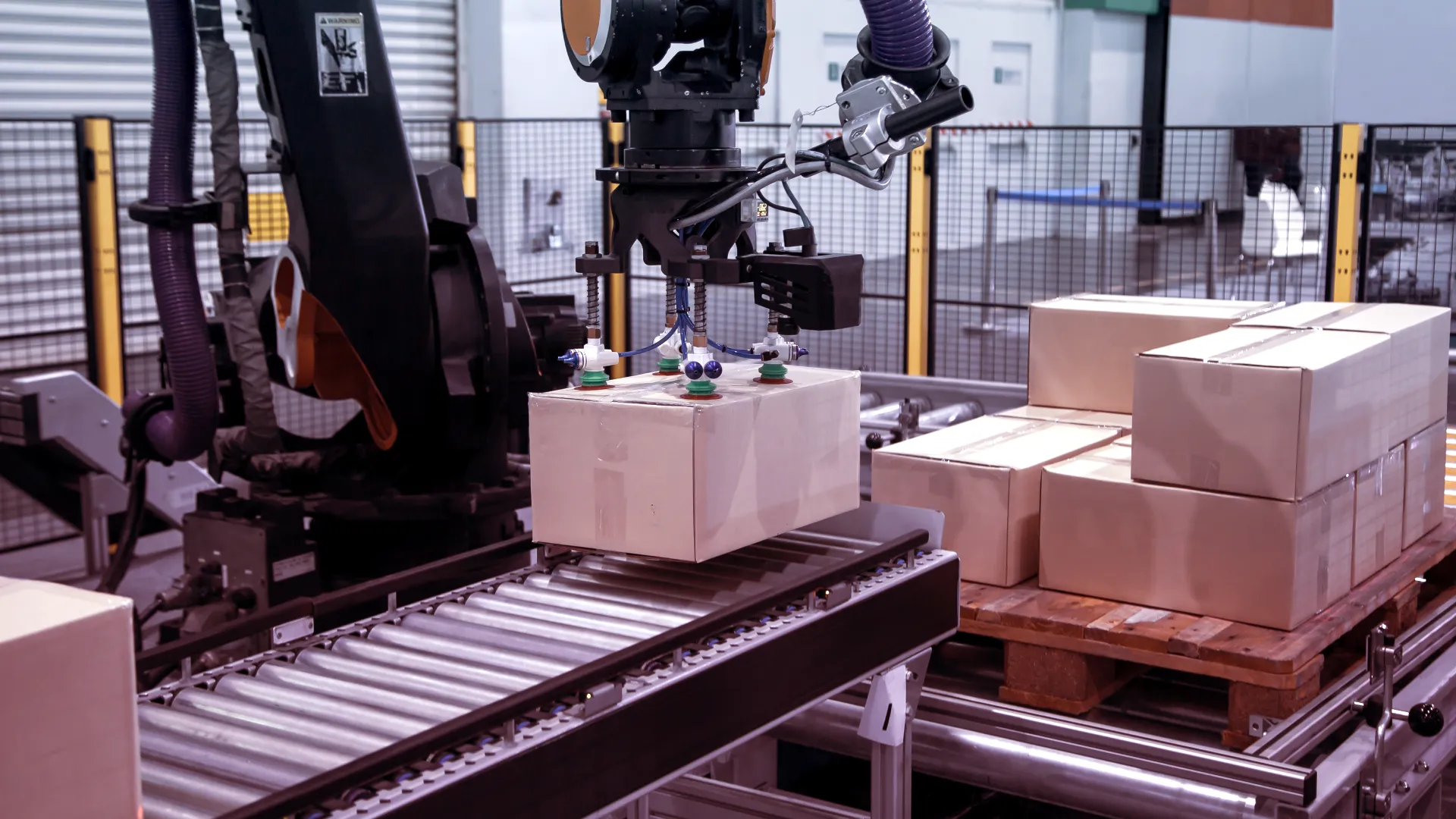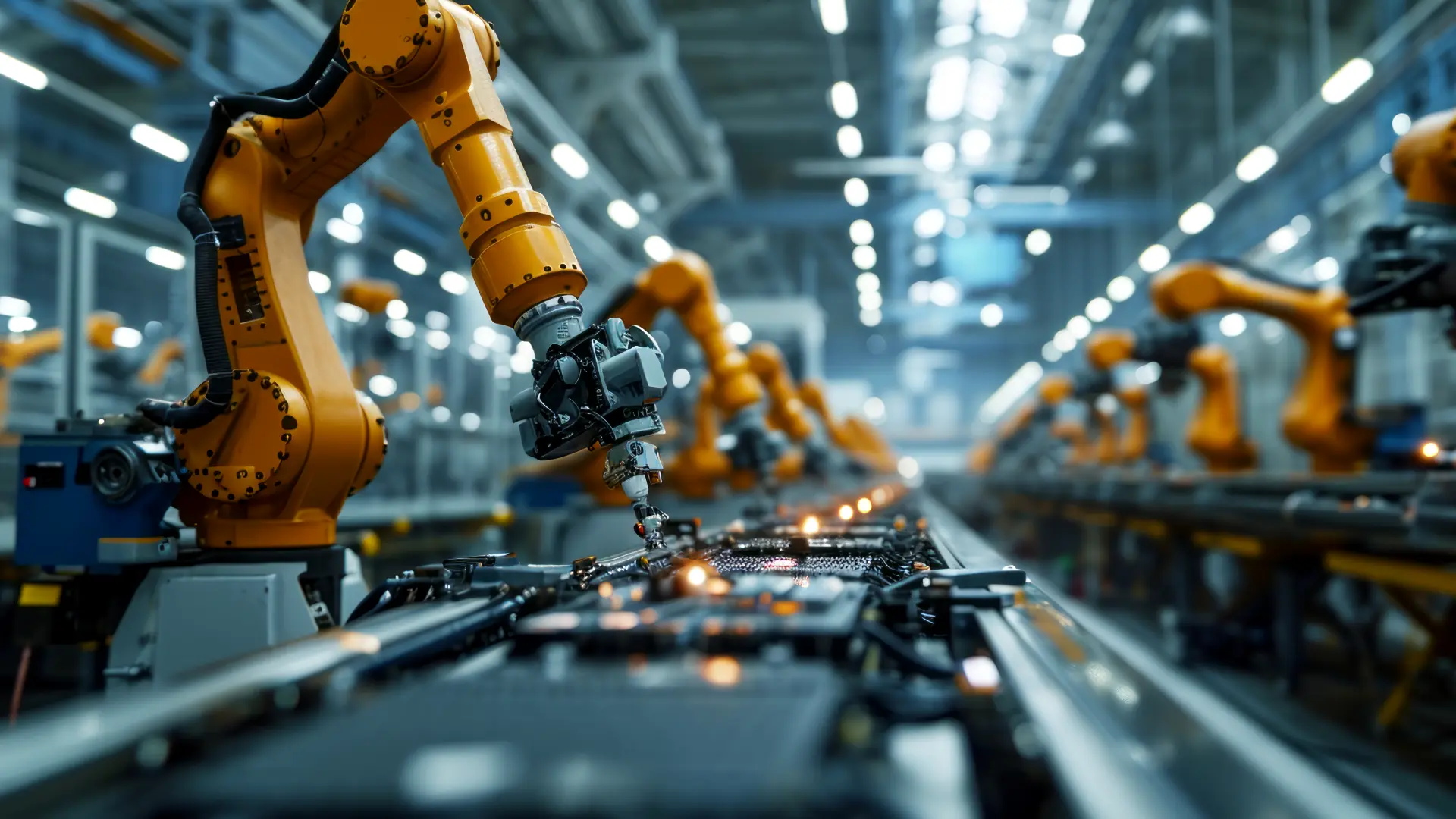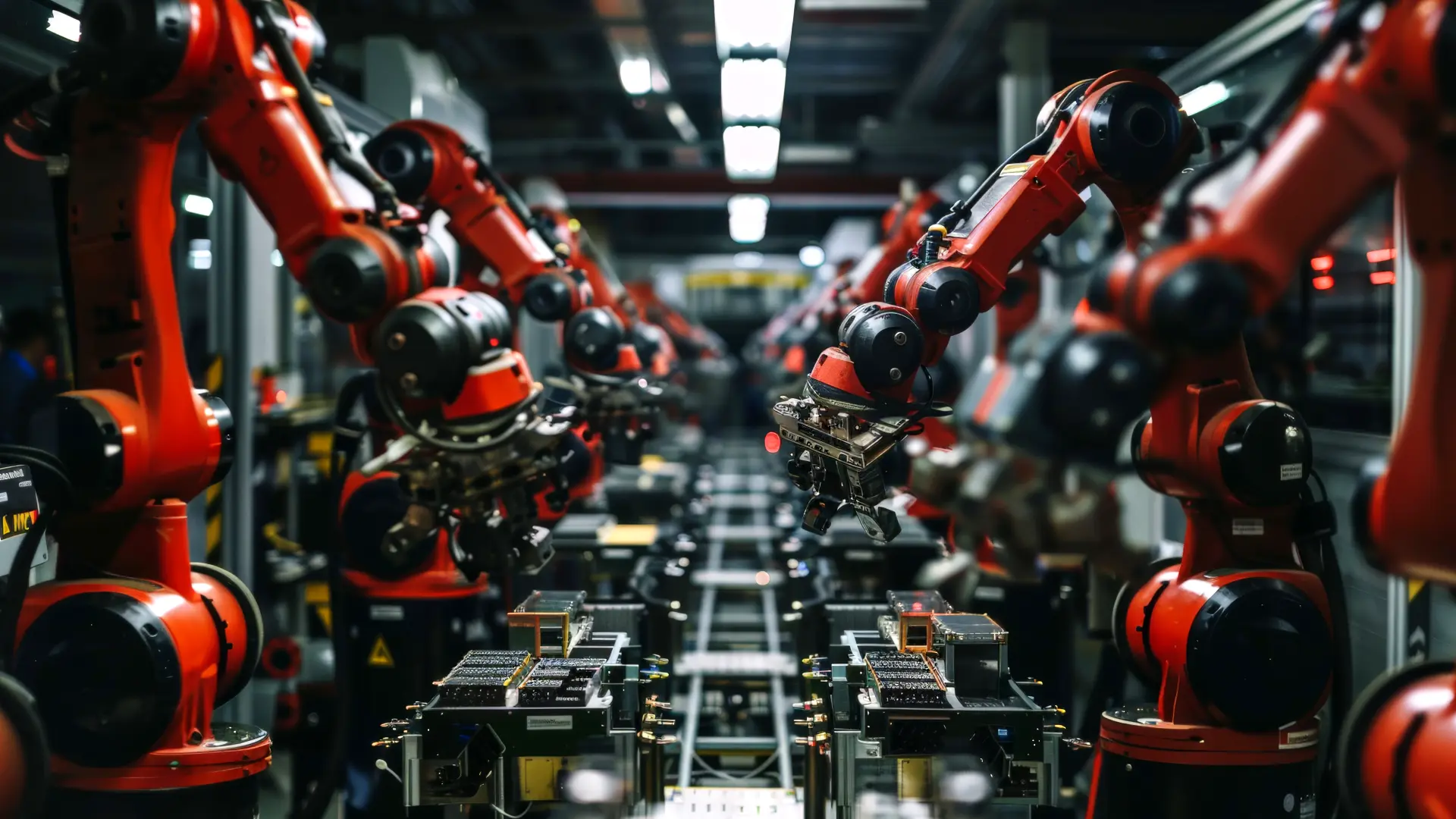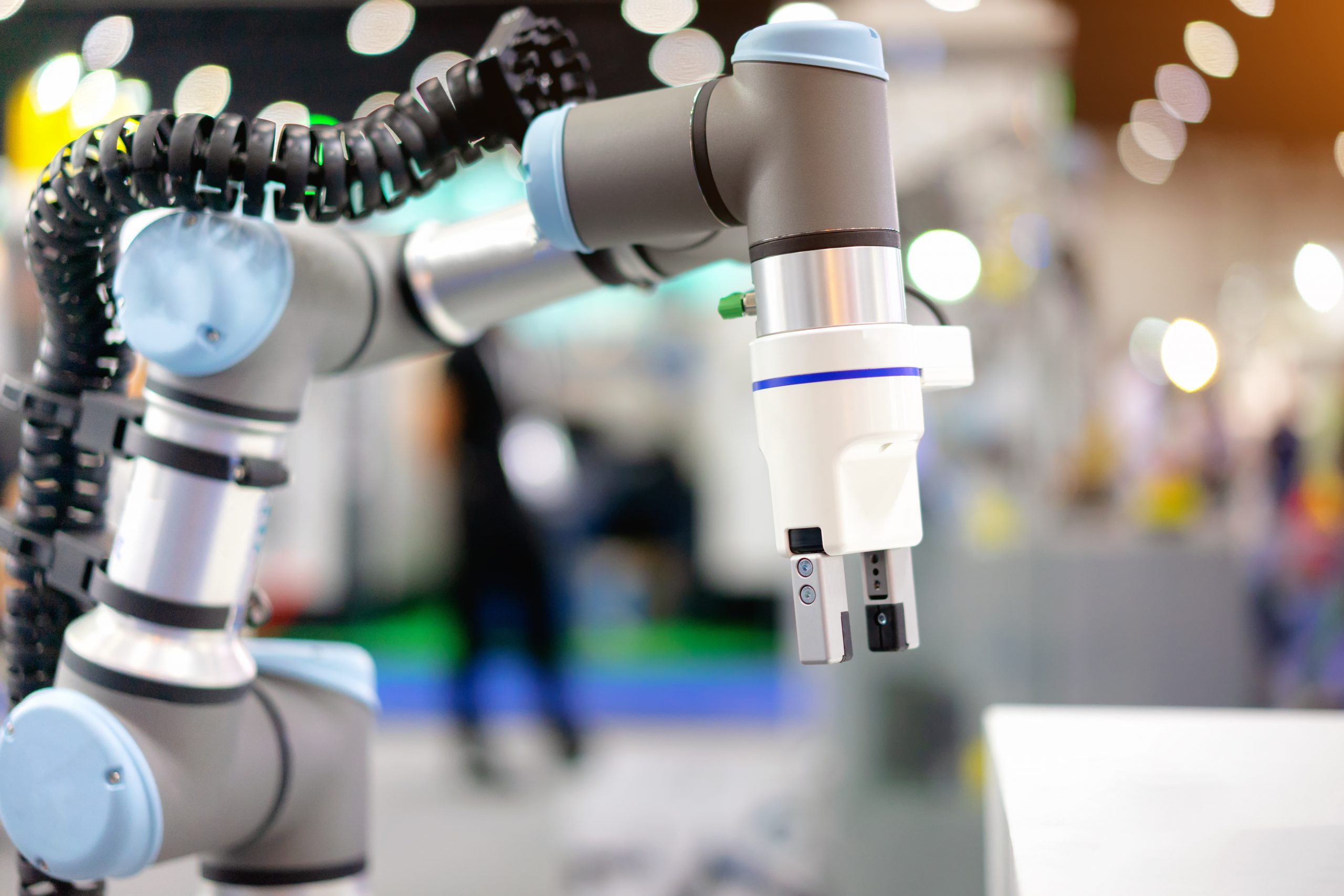Space exploration has always captivated the human imagination, from the first ventures into orbit to the tantalising prospects of colonising distant planets.
While the early days of space travel were fraught with uncertainty and peril, technology has advanced in leaps and bounds, making the impossible appear increasingly feasible. One such technological advancement that has had a profound impact on space exploration is robotics.
Robotics are not merely tools; they are partners and pioneers in our quest to understand the Universe.
This blog aims to delve into the myriad applications, advantages, and challenges of robotics in space exploration, providing a comprehensive overview of this fascinating intersection of technology and cosmic ambition.
Historical Context
The infancy of space exploration was marked by limited technology, epitomised by human-operated spacecraft and the hazards that accompanied them.
It was an era where the role of robotics was virtually non-existent, and astronauts had to manually pilot their vessels and conduct experiments.
However, as technology evolved, so did the role of robotics in space missions. Robots transitioned from mere secondary components to indispensable elements, capable of executing tasks beyond human capacity.
This change signalled a new epoch in space exploration, one where humans and robots could work in unison to achieve common objectives.
Types of Robotic Systems Used in Space
Rovers
When one thinks of robotics in space, it’s often the Martian rovers that spring to mind. Pioneers like Sojourner laid the groundwork, followed by the Spirit and Opportunity rovers, which have since given way to Curiosity and most recently, Perseverance. These machines have been instrumental in studying Martian geography, climate, and even the potential for past life. Not only have they withstood harsh conditions, but they’ve also conducted complex scientific experiments, paving the way for future human missions to the Red Planet.
Orbital Satellites
Orbital satellites like the Hubble Space Telescope have revolutionised our understanding of the cosmos. Although not “robots” in the sense of mobility, their automation and intricate set of instruments make them robotic in function.
They capture data on everything from planetary atmospheres to distant galaxies, transmitting invaluable information back to Earth. This has not only expanded our scientific knowledge but has also had practical applications in areas like meteorology and telecommunications.
Robotic Arms
Perhaps less glamorous but equally essential are the robotic arms used in various space missions. For instance, the Canadarm2 on the International Space Station (ISS) is vital for tasks ranging from capturing cargo spacecraft to performing repairs and maintenance on the ISS itself.
These robotic appendages represent an intricate blend of engineering and software design, enabling precise operations in the challenging environment of outer space.
Drones
The Mars Ingenuity helicopter represents a new chapter in the application of robotics in space exploration. Although primarily a technology demonstrator, Ingenuity has proven that flight is possible in the Martian atmosphere, which could pave the way for more advanced drones that could map out terrain or even assist in resource gathering on other celestial bodies.
Advantages of Using Robotics in Space
Efficiency
Robots excel in performing tasks that require immense precision and repetition, attributes that are indispensable in space exploration.
Whether it’s drilling into a Martian rock to collect samples or calibrating scientific instruments, robots can do these tasks with a level of accuracy that significantly minimises the margin for error.
This efficiency is particularly vital in an environment where even a small mistake can have severe consequences.
Safety
The vacuum of space is unforgiving, and the tiniest of errors can have catastrophic effects.
Robots can operate in hostile environments like the surface of Venus or the icy plains of Europa, where sending humans would currently be impossible or highly perilous.
By taking on the risks associated with these missions, robots ensure that scientific exploration can proceed without jeopardising human life.
Challenges and Limitations
Technical Difficulties
Sophisticated as they are, robots are not without their limitations. The complex interplay of hardware and software components means that malfunctions are not just possible; they are likely.
We’ve seen numerous instances where missions have been compromised due to unforeseen technical difficulties, reminding us that while robots can perform tasks beyond human capability, they can also fail in ways humans might not.
Communication Lag
Another significant limitation is the time delay involved in communicating between Earth and robotic systems in space. This lag can range from a few minutes to several hours, depending on the distance involved.
During this time, a lot can go wrong, and robots need to be designed to act autonomously to some extent, which introduces additional challenges in terms of software complexity and reliability.
Case Studies
Mars Rover Missions
The Mars rover missions represent one of the most successful applications of robotics in space exploration.
These rovers have conducted various scientific experiments, captured breathtaking images, and traversed the Martian landscape, contributing significantly to our understanding of the Red Planet.
Not only have they endured extreme conditions, but their data has also provided insights into Mars’ geology, climate, and even its potential to have harboured life in the past.
International Space Station (ISS)
Robotic systems are integral to the daily functions and maintenance of the ISS. The robotic arms on the ISS assist in various tasks, from receiving cargo spacecraft to facilitating spacewalks and repairs. The role of these robotic systems highlights the importance of robotics not just in exploration but in the ongoing human presence in space as well.
Future Prospects
Automation and AI
Advancements in artificial intelligence hold the promise of creating robotic systems that can perform increasingly complex tasks with less human intervention.
This would be particularly advantageous for missions far from Earth, where communication lag becomes a significant challenge.
Automation would allow these robotic explorers to make real-time decisions, adapting to unexpected situations.
Space Mining
One of the most intriguing future applications of robotics in space is the potential for space mining.
Robots could be used to extract valuable resources from asteroids or other celestial bodies, potentially providing the raw materials for future space missions or even for use back on Earth.
While the technical and ethical challenges are substantial, the potential rewards make this an area of intense interest and development.
Conclusion
As we have seen, robotics are no longer merely the stuff of science fiction; they are tangible, invaluable tools that have become inextricably woven into the fabric of modern space exploration.
From humble beginnings, they have risen to become indispensable partners in our quest to understand the universe. From rovers and telescopes to intricate robotic arms, these marvels of engineering have expanded our capabilities and horizons.
As technology continues to advance, the role of robotics in space exploration is set to become ever more complex and pivotal. One can only anticipate the heights they will help us reach in the coming years.






